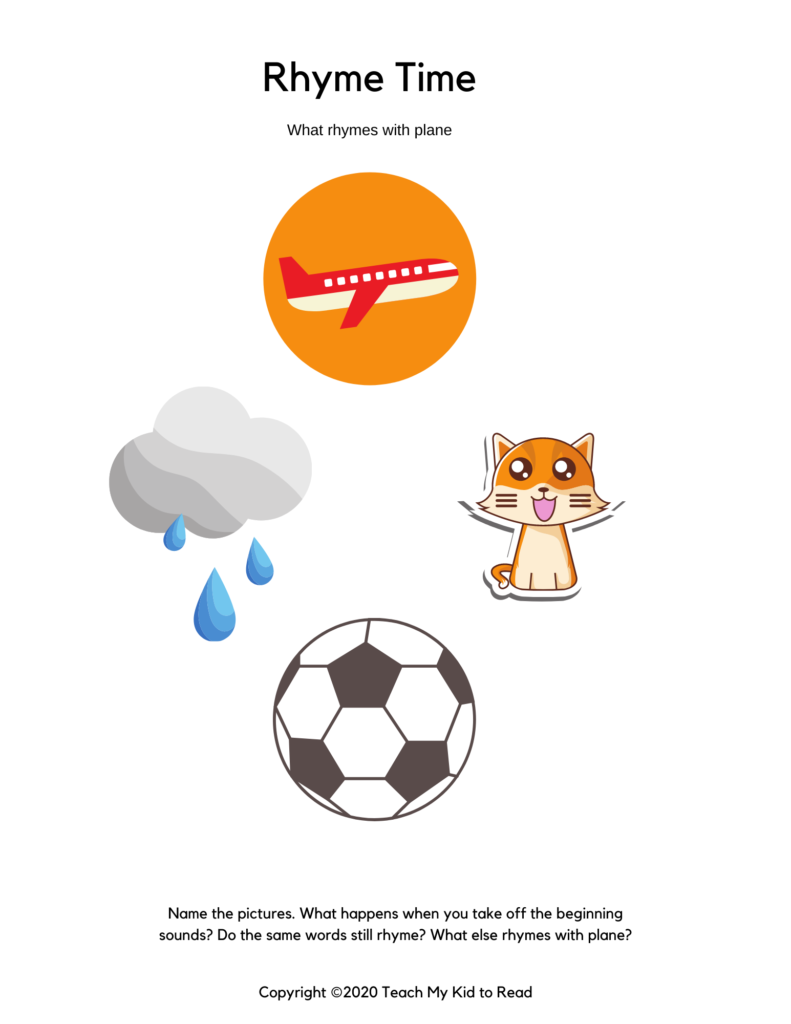Pre-reading skills begin with kids tuning in to the sounds of language. Phonological awareness is an umbrella term that deals with how children identify and work with sounds. See how Dog on a Log uses games to help kids develop phonological awareness skills.
Download Dog on a Log’s guide to using games to teach Phonological Awareness:
Phonemic Awareness
Phonemic awareness is the most advanced level of phonological awareness skills. It refers to a child’s awareness of the individual phonemes, the smallest units of sound, in spoken words, and the child’s ability to manipulate those sounds. Phonemic awareness is critical to reading success. For children who struggle to read, difficulties are often traced to challenges with phonemic awareness.
There are approximately forty-four phonemes in the English language, and they are responsible for all the sounds in the English language! Click here to see the English Phonics Code.
Phonemic Awareness Activities
Blending and segmenting are two of the most important phonemic awareness skills to work on with a child. Blending sounds to build words and segmenting words into individual sounds are crucial skills for children to develop because they lay the foundation for learning to read.
- Blending refers to building words from individual sounds, such as /k/ /a/ /t/, until the child hears the whole word “cat.”
- Segmenting refers to breaking a whole word up into individual units of sound. For instance, the individual sounds of the word “cat” would be /k/ /a/ /t/. If you take away the /k/ sound, the word that remains is ‘at.”
- If you change one of the sounds, such as substituting /b/ for /k/, then the new word is ‘bat.” If there is a vowel change, the word might become “cut” if you use an /u/. We are concerned with the sounds represented by the letters, not the letter names.
